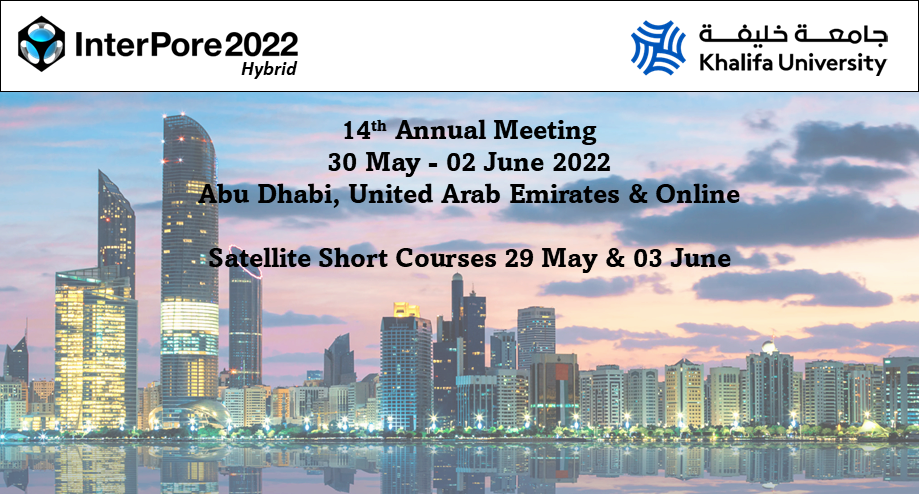Speaker
Description
To support effective geological CO2 capturing and storage design and operations, the dissolution and precipitation of the CO2-Brine-rock system were simulated to investigate the chemical interactions within the system concerning the effect resulted from change in their thermodynamics properties. Geochemical models were built using PHREEQC software to represent surface, injectivity and subsurface conditions. Brine rich in magnesium and calcium ions (Mg2+ and Ca2+) collected from desalination plant were reacted with CO2 and supercritical CO2 (scCO2) to form carbonates. The initial model created are CO2 + Brine and scCO2 + Brine reaction buffered with NaOH, also, their reaction with formation water as well as their interaction in formation rock were equally modelled. The chemistry of the aqueous solutions for the models are then investigated in terms of CO2 (mol/kg) dissolution, specific conductance (µS/cm, °C), Density (g/cm³), Pe (redox parameter), and pH with respect to changes in temperature, pressure, CO2 Concentration, and ion concentration (Mg2+ and Ca2+) at surface and subsurface conditions.
The results show that, scCO2 increases the reactivity of the aqueous species as well as enhances the dissolution of components to form insoluble carbonate minerals. Base pH 8 reduction was observed in all case but more in scCO2, Also Pe was uniform at 4 in surface condition, but fluctuation was observed as CO2 reacts in aquifer with a range from 0 – 12, and -0.2 – 4 for scCO2 reaction in aquifer. At high temperature specific conductance increase by more than 50% in surface condition compared to pressure, pH and CO2 concentration. The fluid chemistry showed that the concentration Ca, Mg and K increase with time due to the dissolution of rock minerals such as K-Feldspar, Calcite etc. On the other hand, the release concentration of Al, Si and Fe ions decrease with time due to the precipitation of secondary minerals such as Dawsonite, Muscovite, Clinochlore, Kaolinite, Magnetite, Gibbsite and others.
The order of dissolution and precipitation of the reacting components using calcite as a case study was observed with the Kinetic model of PHREEQC which predicted the dissolution of calcite for 50 years. Calcite dissolves in less than one year at high temperature above 80°C/230atm and dissolve gradually to precipitate secondary minerals within 50 years at temperature below 80°C. The precipitation of secondary minerals confirms the chemical reactivity of the aquifer to precipitate minerals that can serve as an impermeable seal for long term confinement of CO2.
| Participation | Unsure |
|---|---|
| Country | UK |
| MDPI Energies Student Poster Award | Yes, I would like to submit this presentation into the student poster award. |
| Time Block Preference | Time Block B (14:00-17:00 CET) |
| Acceptance of the Terms & Conditions | Click here to agree |









